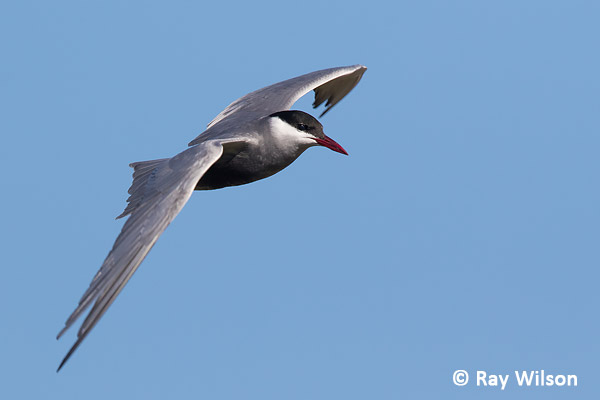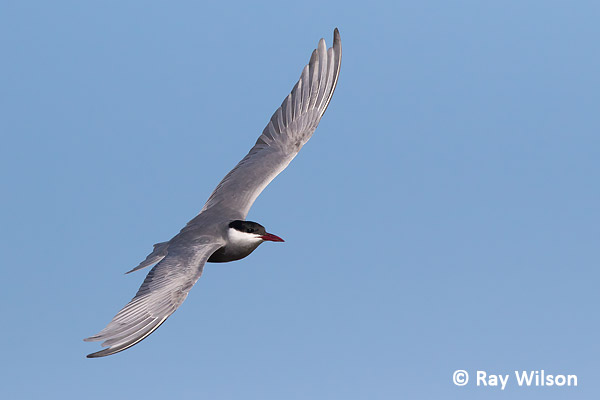
- Home
- Photography Tours
- Diary / Blog
- Galleries
- Foreign Trips
- Tasmania 2016
- NE Queensland 2016
- Western Alps 2016
- NE Spain 2016
- Australia's Wet Tropics 2015
- Australia's Top End 2015
- SW Australia 2015
- Switzerland 2015
- Andalucia 2015
- Belize 2015
- Australia 2014
- Switzerland 2014
- Belize 2014
- Bahama Islands 2014
- Switzerland 2013
- Ecuador 2012-2013
- Florida 2011-2012
- Vancouver Island 2011
- Australia 2010
- Peru 2008
- Bulgaria 2007
- Lesvos 2006
- California 2006
- New Zealand 2005
- Extremadura 2005
- Goa, India 2004
- The Gambia 2003
- About
April / May 2016
Northeastern Spain
Part 1 : The Ebro Delta

male Black-winged Stilt (Himantopus himantopus)
Despite it being the second most important wetland area in Spain, and a mecca for birders from all over Europe, I was hugely disappointed with my visit to the Ebro Delta in late April. It wasn't that there were no birds, it was just that they were almost always half a mile away with absolutely no chance of getting photos of them. Perhaps another reason I didn't enjoy my stay here was that the only way to have any chance of getting close to anything was to stay in the car and use it as a hide as I drove slowly along the roads bordering the ricefields. I'm not particularly a fan of staying in the car all day! Although this method can be very effective, it is not a style of photography that I particularly enjoy. I much prefer locations where I can get out and walk around.
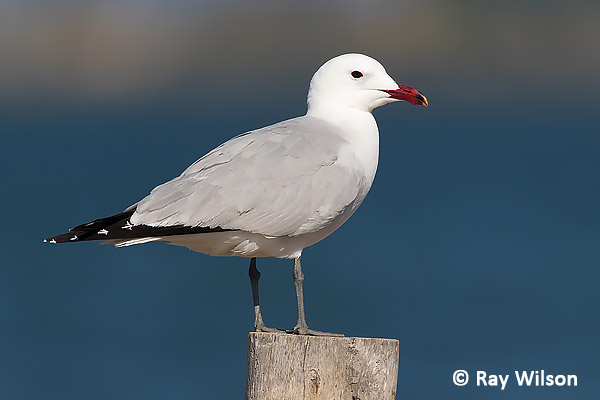
Audouin's Gull (Larus audouinii)
The main draw for me of going to the Ebro Delta was the hope of photographing Audouin's Gull and at least this species didn't disappoint me...
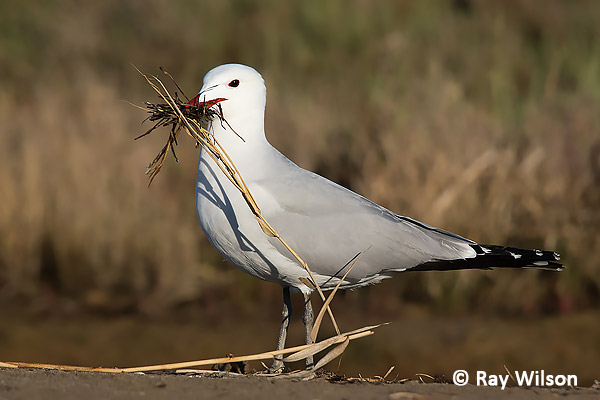
Audouin's Gull (Larus audouinii) collecting nesting material
Audouin's Gull has been one of Europe's most successful conservation stories. In 1975 the global population was estimated to be only 1000 pairs, but a combination of the provision of protected areas in their Spanish breeding grounds and discarded fish from fishing trawlers has resulted in a rapid increase in their population to an estimated 64000-67000 individuals in 2015. Although they are no longer faced with extinction, they are still highly dependent on continued conservation support with more than 90% of the European population breeding at just 4 sites in Spain. Over two thirds of these breed at the Ebro Delta.
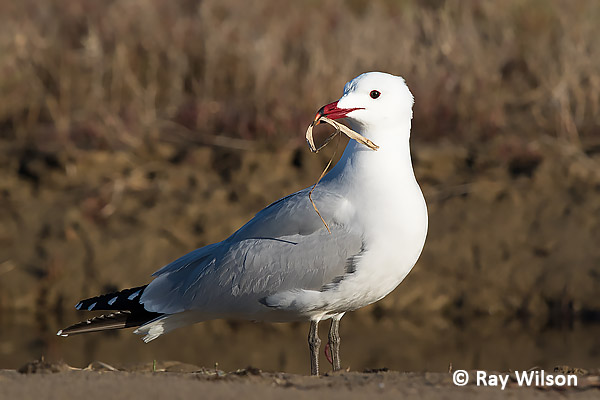
Audouin's Gull (Larus audouinii) collecting nesting material
Possibly another reason for their population increase over the last 40 years is a change in their feeding habits. Traditionally, they have been a predominately pelagic-foraging species who relied on cluperiform fish (herring, sardines, etc.) as their main source of food, usually foraging at night to exploit the daily vertical migration habits of these species. With the explosion in numbers of the invasive North American Red Swamp Crayfish (Procambarus clarkii) in northeastern Spain over the last few decades, however, many Audouin's Gulls have switched their foraging habits to take advantage of this new, abundant food source.
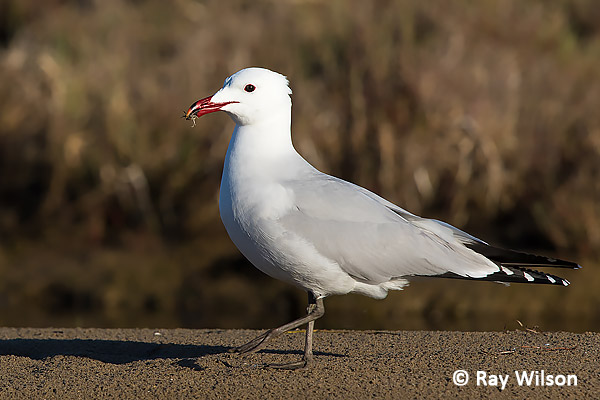
Audouin's Gull (Larus audouinii)
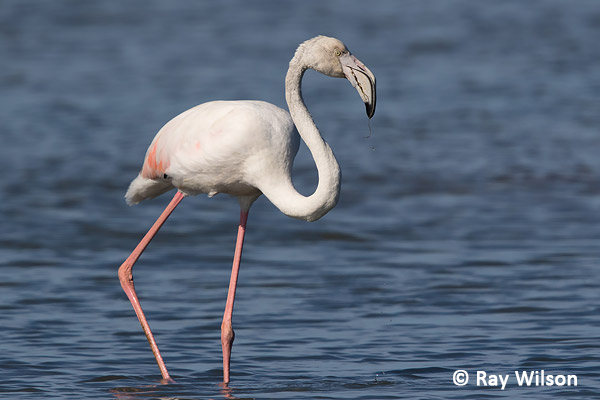
Greater Flamingo (Pheonicopterus ruber)
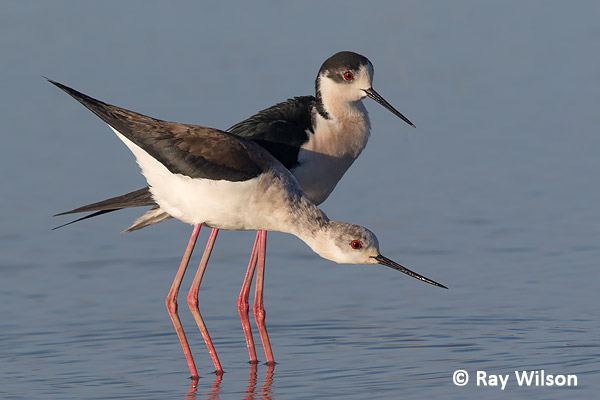
Black-winged Stilts (Himantopus himantopus)
Black-winged Stilts are abundant at the Ebro Delta and, unlike most other species, were quite frequently close to the road.
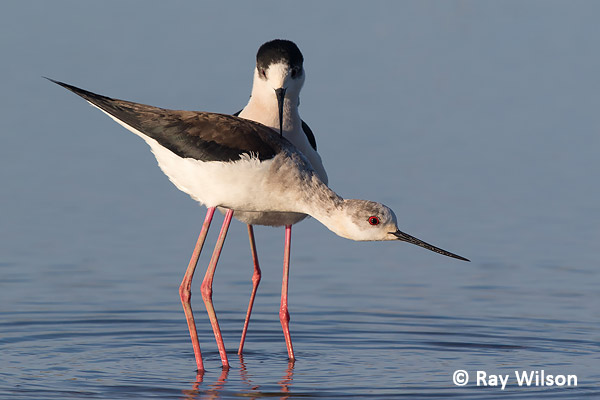
Black-winged Stilts (Himantopus himantopus)
This courting pair were a little too close, and when the male mounted the female it was a struggle to fit them both in without clipping the tips his wings off!
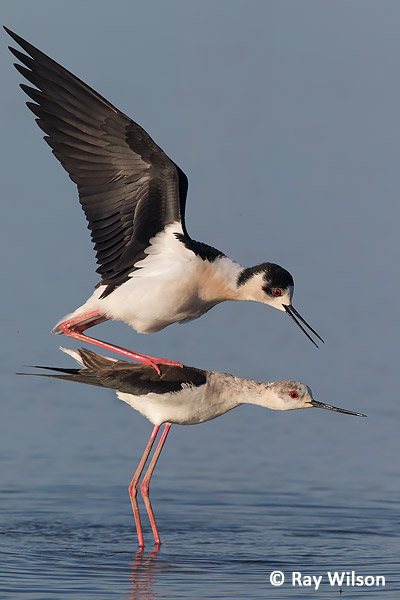
copulating Black-winged Stilts (Himantopus himantopus)
Spring romance was definitely in the air...
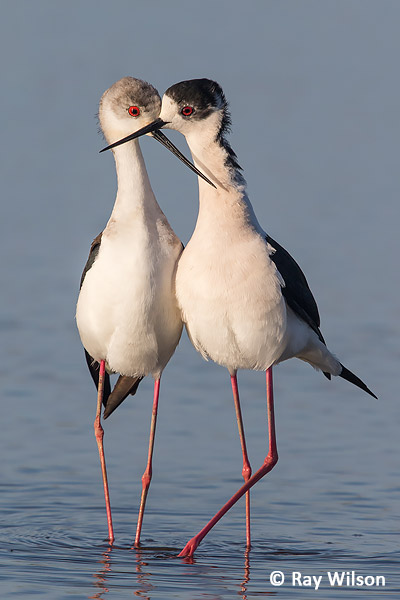
Black-winged Stilts (Himantopus himantopus) performing a pair-bond strengthening display
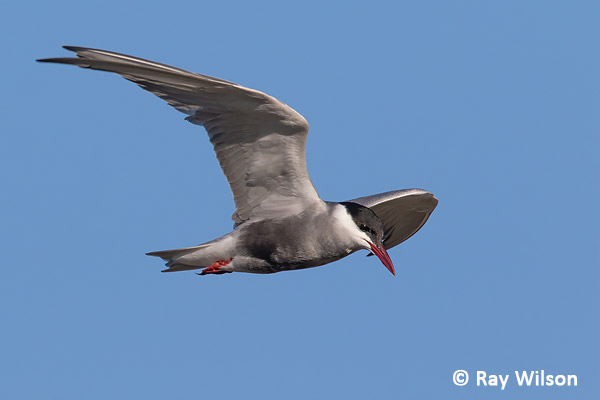
Whiskered Tern (Chlidonias hybridus)
During my stay at the Ebro Delta, I also had to frequently contend with the strong, cold winds coming down off the Pyrenees that are a frequent feature of northeastern Spain at this time of year. While this made things awkward for most species, it made photographing the fast, erratic flight of Whiskered Terns considerably easier as they were slowed down when battling the strong headwinds while fishing near the turbulent waters of an open sluice gate where a large shoal of fish had gathered.
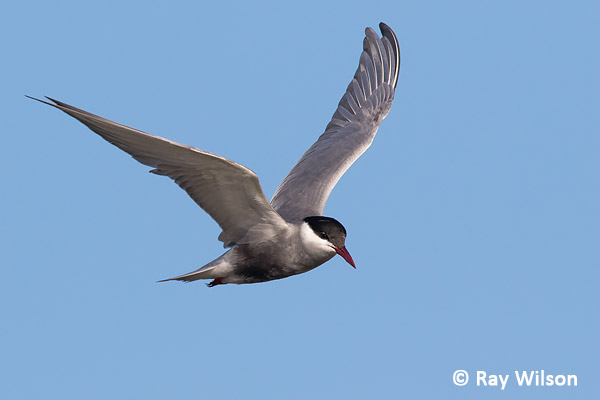
Whiskered Tern (Chlidonias hybridus)
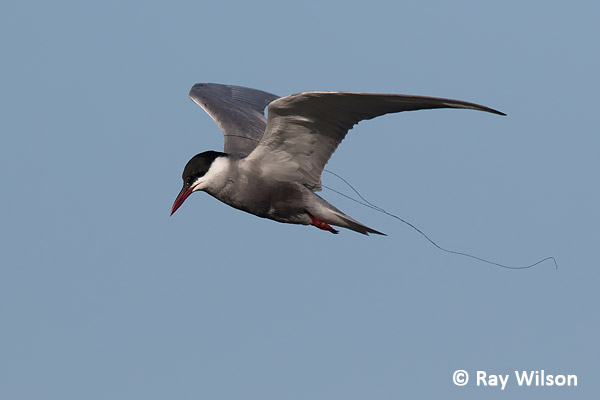
Whiskered Tern (Chlidonias hybridus) with fishing line tangled around its wing
Whiskered Tern (Chlidonias hybridus)
Whiskered Tern (Chlidonias hybridus)
Common Terns were also attracted to the fishing opportunities at the sluice gate...
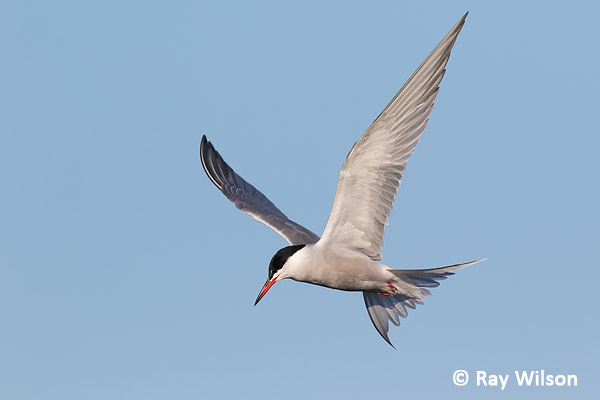
Common Tern (Sterna hirundo)
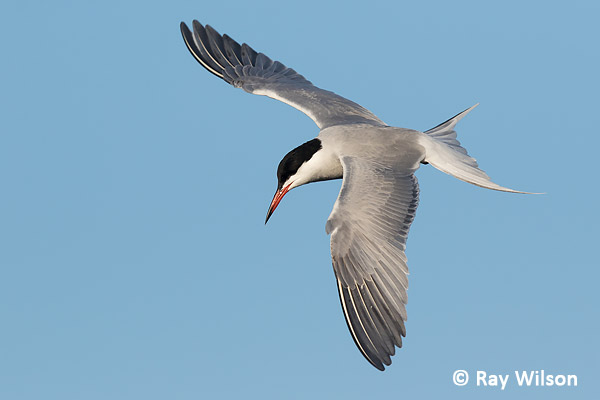
Common Tern (Sterna hirundo)
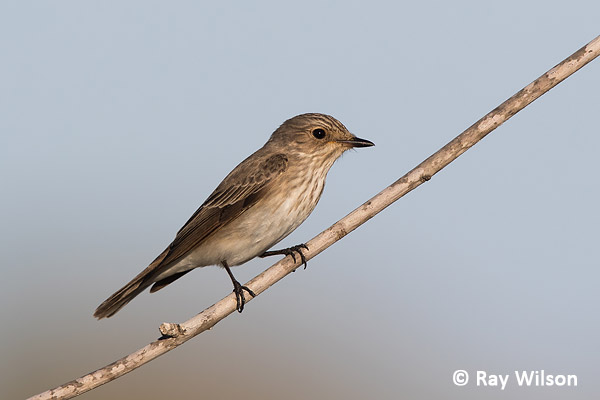
Spotted Flycatcher (Muscicapa striata)
Ray Wilson owns the copyright of all images on this site.
They may not be used or copied in any form without prior written permission.
raywilsonphotography@googlemail.com
